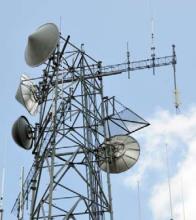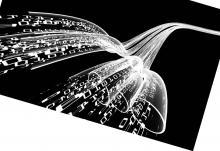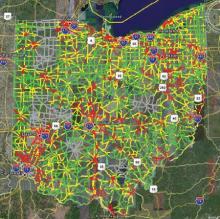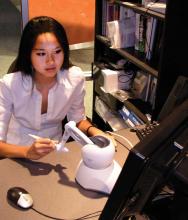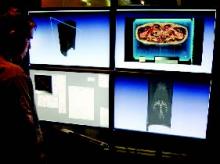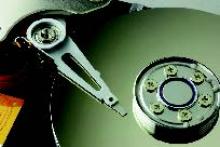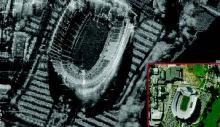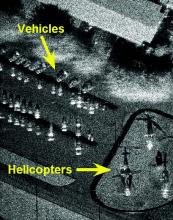Industrial Engagement
The Ohio Supercomputer Center has a long history of supporting industrial research, reaching back as far as the Center’s founding in 1987. Manufacturers have leveraged the Center’s computational and storage resources to design and test many products, such as electronics, fans, containers, fuel cells and wind deflectors.
Supporting Defense Department security, computing needs by improving data transfer methods along multiple paths
The Department of Defense, like many companies and organizations, have leveraged the advances in supercomputing to compute increasingly complex and large computational problems. File sizes have equally expanded with the growth in computing power, especially if the files contain very large sets of data.
Computer models predict traffic accident ‘hot spots’ for Ohio
An Ohio State University statistics expert used the powerful machines of the Ohio Supercomputer Center to design a program that identifies traffic accident hotspots on Ohio’s roadways. Christopher Holloman, Ph.D., produced color-coded computer models to tell state troopers where fatal and injury accidents, especially those from speeding and drunk driving, are most likely to occur.
Facilitating large-scale visualization and computation
The gaming industry, with its consumer demand for realistic, smooth, 3-D images, is without a doubt advancing the graphics hardware market exponentially. In recent years, commodity-based graphics chips or graphical processing units (GPUs) have become more programmable and easier to use for general purpose applications (GPGPU).
Improving homeland security through surveillance
Surveillance of the ground by air- and space-borne sensors has proven to be essential to military and intelligence organizations. Specifically, the U.S. Department of Defense’s 2006 Quadrennial Defense Review highlights the need for “a highly persistent capability to identify and track moving ground targets in denied areas.”
